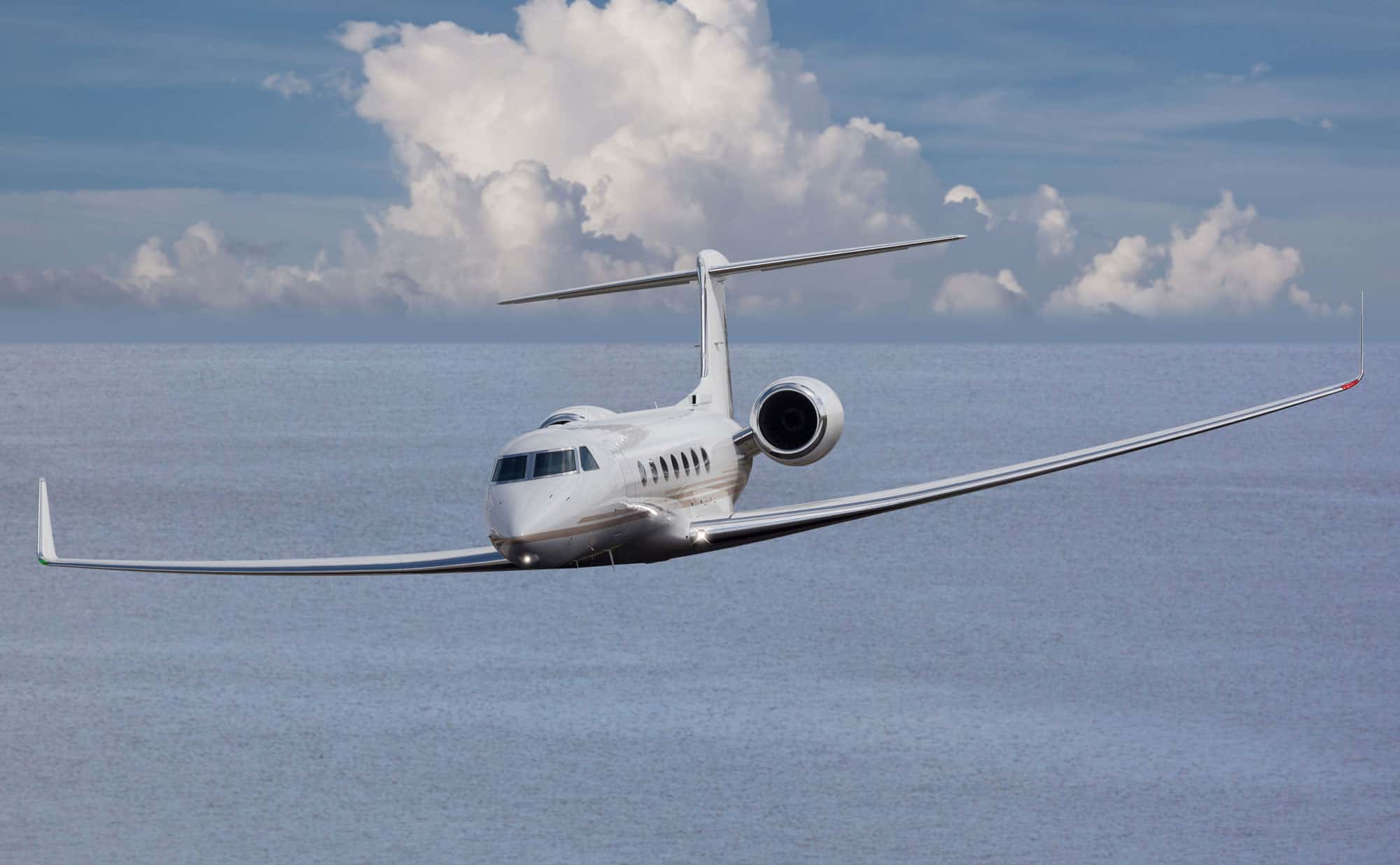Private jets often fly along the coast due to an FAA ruling prohibiting flights more than 50 nm from land unless specially equipped. Learn more.
Have you ever noticed that many private jet charter flights hug the coastline, even when it doesn’t seem like the most logical journey route?
Whether you have or haven’t, it’s a fact which has confused many. And, if you don’t understand why it’s happening, you’d be quite right to wonder. After all, nobody who books a private jet wants to have their time wasted. Or their money, for that matter.
Here, we’ll explain why private jet charter flights often follow the coastline, how this can impact you, and what your options are.
Unusual Routes
If you look at a live flight tracker, you’ll see that there are all kinds of routes – but very few of them are in ‘straight’ lines. This is due to the circumference of the Earth, air traffic, aircraft range, and a multitude of other reasons.
But many flights seem to specifically fly along the coast.
Why? Because of a ruling by the Federal Aviation Administration (FAA). Part 135.167 of the Code of Federal Regulations (CFR) prohibits aircraft from flying more than 50 nautical miles from land unless they’re equipped with a life raft, life jackets, and an Emergency Locator Transmitter (ELT).

This leaves operators with two options:
- Buy the equipment
Stocking the aircraft with the correct equipment at their own expense gives operators the freedom to fly freely over water.
- Adjust the route
Instead of buying the equipment, operators can adjust their routes so that aircraft stay within 50 nm of the coastline.
If you’re on an international flight such as Los Angeles to Tokyo, it is obvious that any proposed route would require an aircraft equipped with the correct safety equipment.
But this ruling can also impact domestic flights.
A regularly-cited example is a flight from New York to Miami. In an aircraft with the correct safety equipment, the trip should take two and a half hours. If you don’t have the equipment and need to hug the coast to adhere to the FAA rules, it could instead take three hours.
It will be a similar situation any time you want to fly on a transcontinental flight. Even seemingly simple private jet flights that touch on the Gulf of Mexico can be affected. And it can limit your pilot’s options when hazards such as unfavorable weather appear.
The best option may be to avoid weather via the sea, but the pilot may not be able to do so because of the FAA safety regulation.
So, why don’t operators just purchase the equipment?
Aside from the initial outlay, there is also the issue of space to consider.
Not only does this jeopardize the aesthetic of a private jet, but it also poses problems with the capacity.
Sometimes, flying a private jet along the coast will be the best option for you. This is especially true if you don’t fly the route regularly. The best thing you can do is speak to your broker.
Our experts can assist you with all of your private jet charter flight needs. You can discuss your journey with them and they’ll be able to recommend the best route and aircraft.
To get in touch, call us on +1-877-727-2538. Our lines are open 24/7 and we’re always ready to help. Or click here to receive an online private jet quote.








